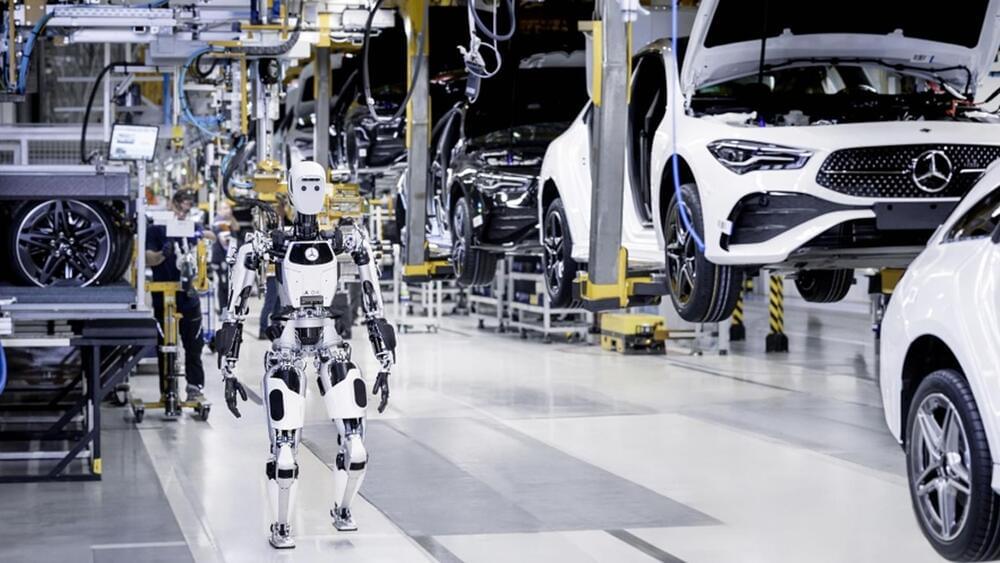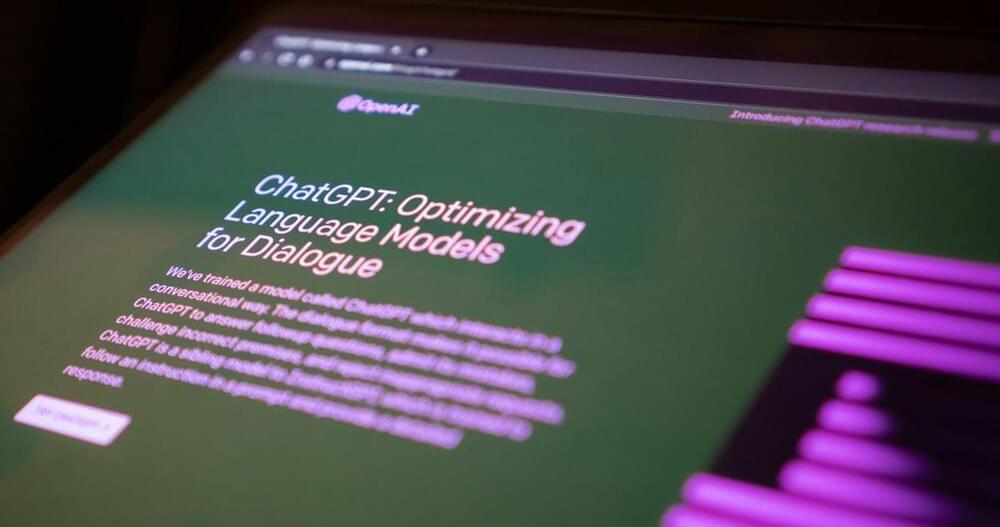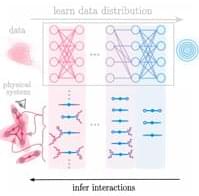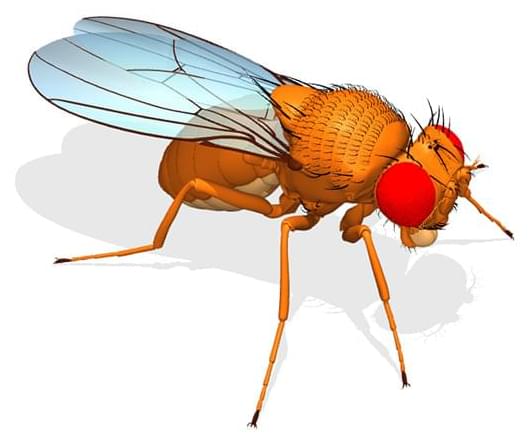Mar 16, 2024
Apollo humanoid robots join the Mercedes-Benz assembly line
Posted by Gemechu Taye in categories: health, robotics/AI
Mercedes-Benz has officially employed humanoid robots to complete manual tasks on its assembly line. Apptronik’s Apollo robot will complete simple tasks like fetching and carrying, helping lighten the load for its human colleagues.
Announced on Friday, March 15, the robots will also be employed to complete other “low skill” tasks like basic assembly. This will free up human workers to focus on more important tasks and reduce the risk of repetitive strain injuries and other health and safety issues related to manual tasks.

















